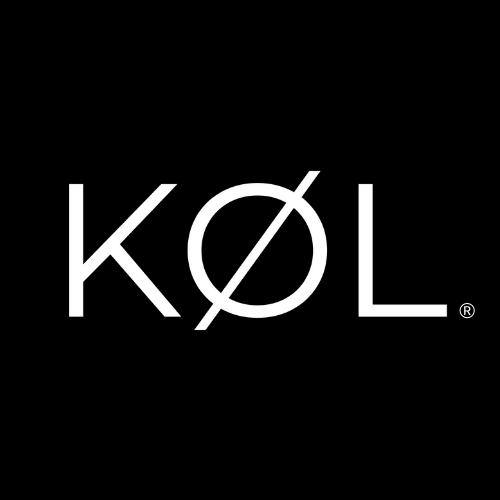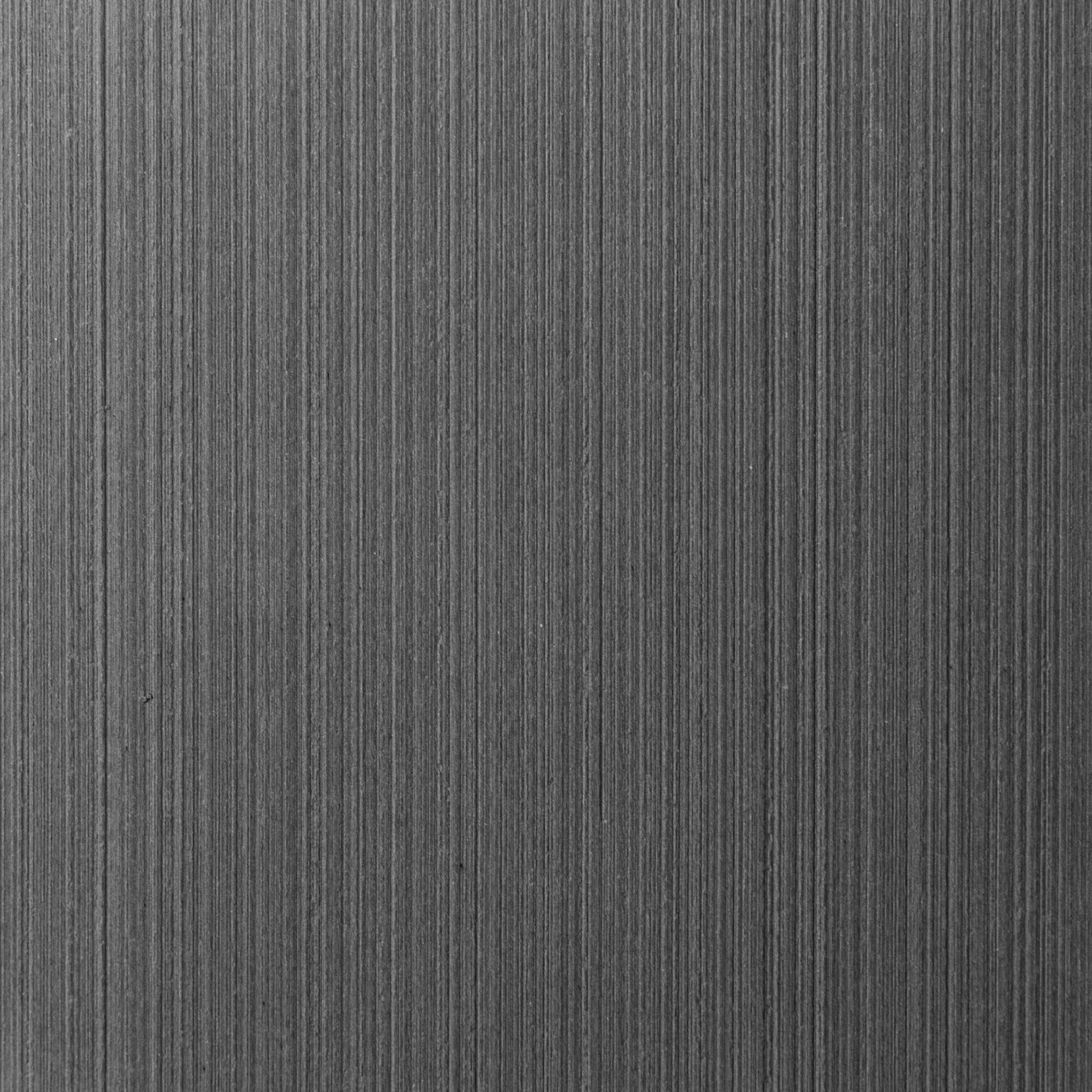
KØL® — Non-Combustible, High-Density Fibre Cement Facade Systems
Designed for rainscreens and ventilated facades. Order your free samples today.
High-Density
Fiber cement density is crucial because it directly affects the cladding’s durability, resistance to impact, stability, fire resistance, insulation properties, maintenance requirements, and design versatility. Builders, architects, and building owners consider these factors when selecting fiber cement materials for architectural cladding to ensure the longevity and performance of the building’s exterior.
Safety
-
ASTM E136-16a Standard Test Method for Assessing Combustibility of Materials Using a Vertical Tube Furnace at 750 °C
ASTM E84 Standard Test Method for Surface Burning Characteristics of Building Materials
NFPA 285 Standard Fire Test Method for Evaluation of Fire Propagation Characteristics of Exterior Wall Assemblies Containing Combustible Components
-
CAN/ULC S114 Standard method of test for determination of non-combustibility in building materials
KØL High-Density Fiber Cement panels offer a wealth of advantages that make them a standout choice in the architectural industry. KØL High-Density FIber Cement panels are perfectly suited for rainscreen cladding and ventilated facade systems.
Benefits
-
KØL panels earn their reputation for safety by passing the rigorous ASTM E136 and NFPA 285 tests, certifying them as non-combustible.
-
These panels are a harmonious blend of strength and lightweight design. Their robustness doesn’t come at the cost of added weight, making them easy to handle and install.
-
KØL panels are made to last. They resist rot ensuring their structural integrity even in the most challenging environments. The result? Reduced maintenance and increased longevity.
-
Once installed, KØL panels demand minimal upkeep. Their durability, resistance to environmental factors, and ease of cleaning make them a practical choice for those seeking low-maintenance solutions.
-
KØL panels are impressively easy to work with. Their machinability opens up a world of possibilities for customized designs and intricate detailing, allowing architects and builders to bring their creative visions to life.
Dimension
-
1250mm x 2500mm (48 in x 96 in)
1250mm x 3050mm (48 in x 120 in)
-
8mm ( ~5/16”)
10mm ( ~3/8”)
12mm ( ~1/2”)
-
2.95 lbs/ft2 (8mm)
3.69 lbs/ft2 (10mm)
4.43 lbs/ft2 (12mm)
14.4 kg/m2 (8mm)
18.0 kg/m2 (10mm)
21.6 kg/m2 (12mm)






